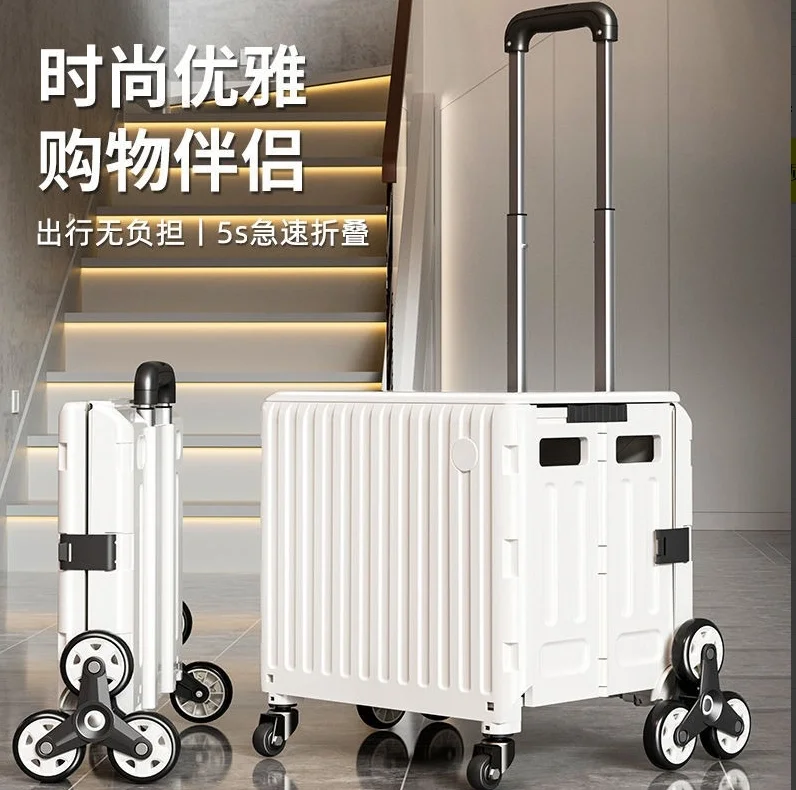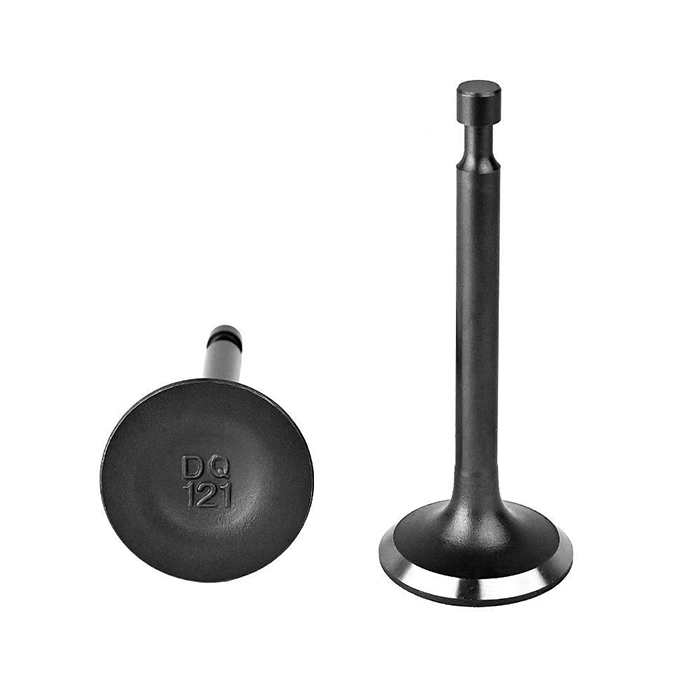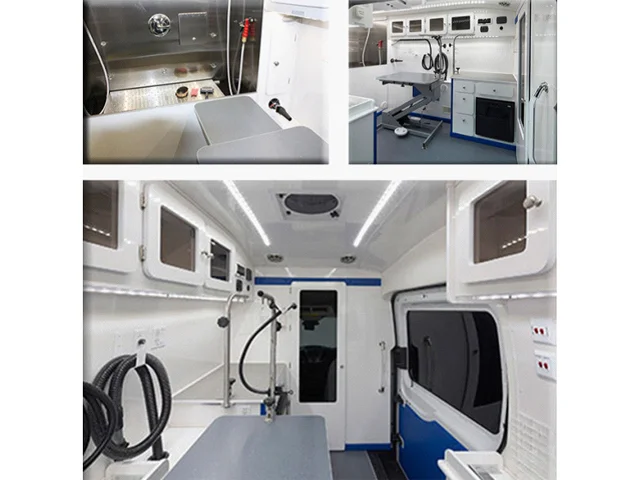In an increasingly interconnected world, the modes of transportation we choose play a crucial role in our daily lives. Whether commuting to work, traveling for leisure, or running errands, safety remains a paramount concern. As we delve into the question, What is the safest transportation per trip? it is essential to analyze various modes of transport through a multifaceted lens, considering statistical data, inherent risks, and the context of each journey.
Understanding Transportation Safety: A Statistical Overview
To evaluate the safety of different transportation methods, we must first consider the statistical data that underpins these assessments. According to the National Safety Council (NSC) and various international transportation safety organizations, the following modes of transport can be ranked based on fatalities per billion miles traveled:
- Air Travel: Statistically, commercial aviation is one of the safest modes of transportation. The odds of dying in a plane crash are approximately 1 in 11 million, making it a remarkably secure option for long-distance travel. The rigorous safety protocols, advanced technology, and highly trained personnel contribute to this impressive safety record.
- Rail Travel: Trains, particularly in developed countries with modern infrastructure, also boast a strong safety profile. The risk of fatality per mile traveled is significantly lower than that of cars. High-speed rail systems, such as those in Japan and Europe, have further minimized risks through stringent safety measures and advanced engineering.
- Public Transit: Buses and subways are generally safer than personal vehicles. According to the American Public Transportation Association (APTA), public transit is 10 times safer than traveling by car. The collective nature of public transport reduces individual risk and is often subject to strict regulatory oversight.
- Cycling and Walking: While these modes of transport promote health and environmental sustainability, they come with higher risks, particularly in urban areas with heavy traffic. Safety can be significantly enhanced through infrastructure improvements, such as dedicated bike lanes and pedestrian zones.
- Personal Vehicles: Despite being the most common mode of transport, personal vehicles have a higher incidence of accidents and fatalities. Factors such as driver behavior, vehicle maintenance, and road conditions contribute to this elevated risk. However, advancements in vehicle safety technology, such as automatic braking systems and lane departure warnings, are helping to mitigate these dangers.
Contextual Factors Influencing Safety
While statistical data provides a foundation for understanding transportation safety, contextual factors must also be considered. The safety of a transportation mode can vary significantly based on:
- Geography: Urban versus rural settings can influence the safety of different transport modes. For instance, public transit may be more accessible and safer in urban areas, while personal vehicles may be preferred in rural settings where public options are limited.
- Time of Day: The risk associated with certain modes of transportation can fluctuate based on the time of day. Nighttime travel, for example, tends to be riskier due to reduced visibility and increased likelihood of impaired drivers.
- Weather Conditions: Adverse weather can impact the safety of all transportation modes. Rain, snow, and fog can increase the risk of accidents, particularly for personal vehicles and cycling.
Enhancing Safety in Transportation Choices
To maximize safety in transportation choices, individuals can take proactive steps:
- Stay Informed: Understanding the safety records of various transportation options can guide informed decisions. Resources such as the NSC and APTA provide valuable insights into safety statistics.
- Utilize Technology: Leveraging technology, such as navigation apps that provide real-time traffic updates and alerts, can enhance safety during travel.
- Advocate for Infrastructure Improvements: Supporting initiatives that promote safer roads, bike lanes, and public transit options can contribute to a broader culture of safety.
- Practice Defensive Travel: Whether driving, cycling, or walking, adopting a defensive approach—being aware of surroundings and anticipating potential hazards—can significantly reduce risks.
Conclusion: Making Informed Transportation Choices
In conclusion, the question of What is the safest transportation per trip? does not yield a one-size-fits-all answer. Each mode of transport presents unique risks and benefits, influenced by a myriad of contextual factors. By understanding the statistical landscape, considering individual circumstances, and taking proactive measures, travelers can make informed choices that prioritize safety. Ultimately, fostering a culture of safety in transportation not only protects individuals but also contributes to the well-being of communities as a whole.






+ There are no comments
Add yours